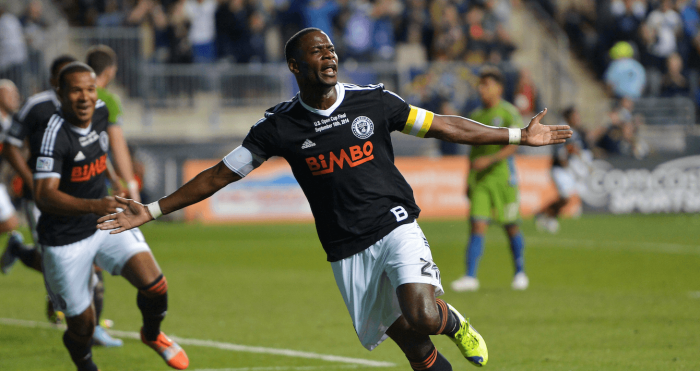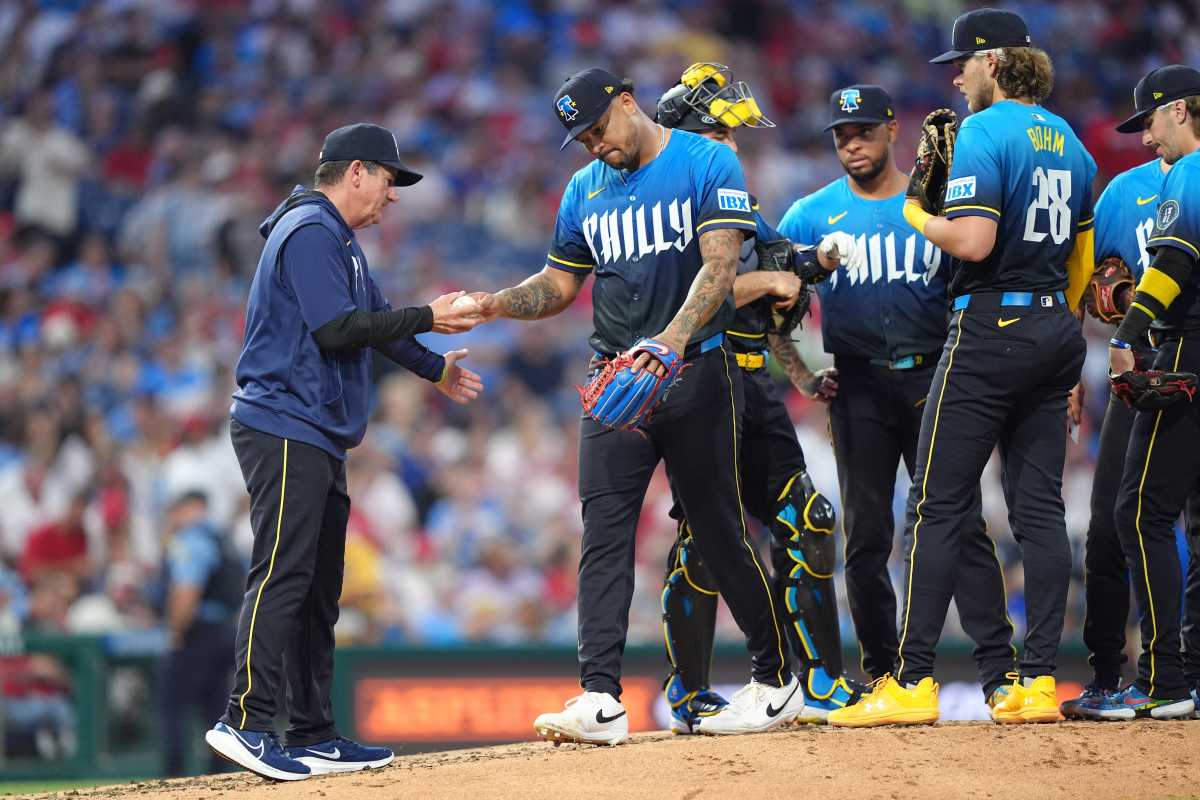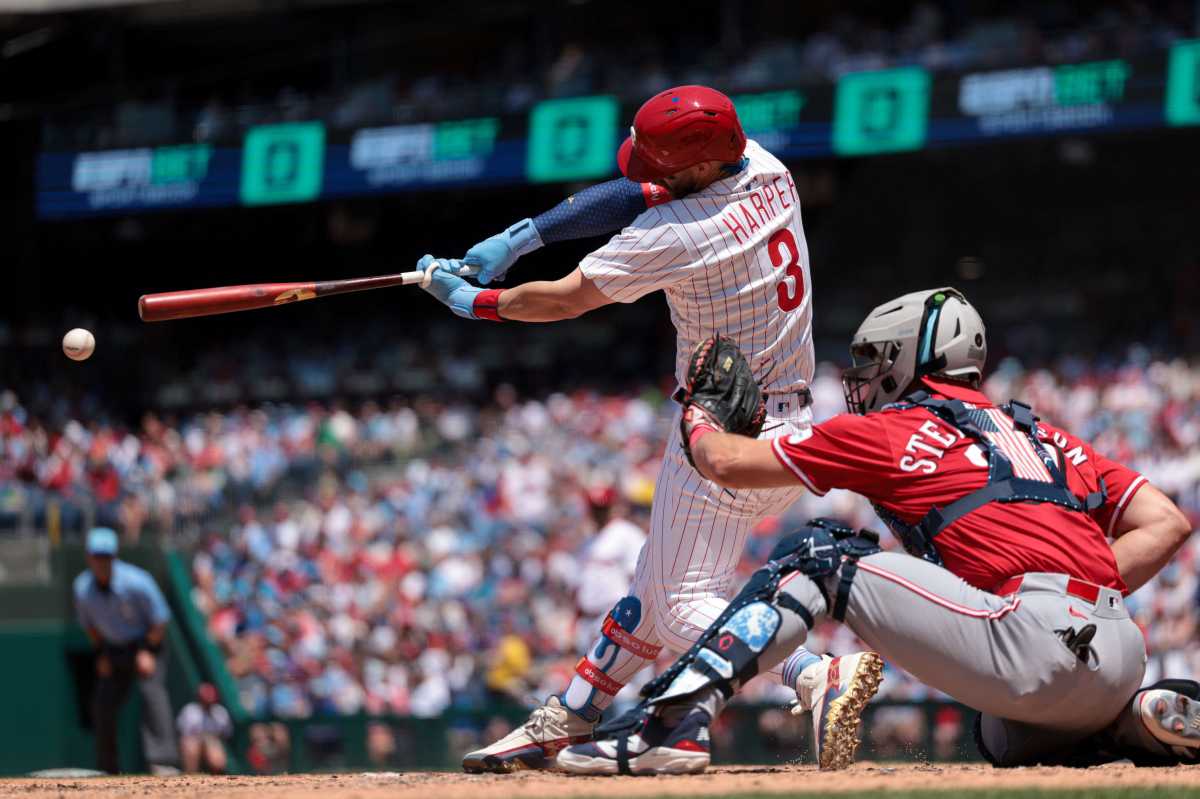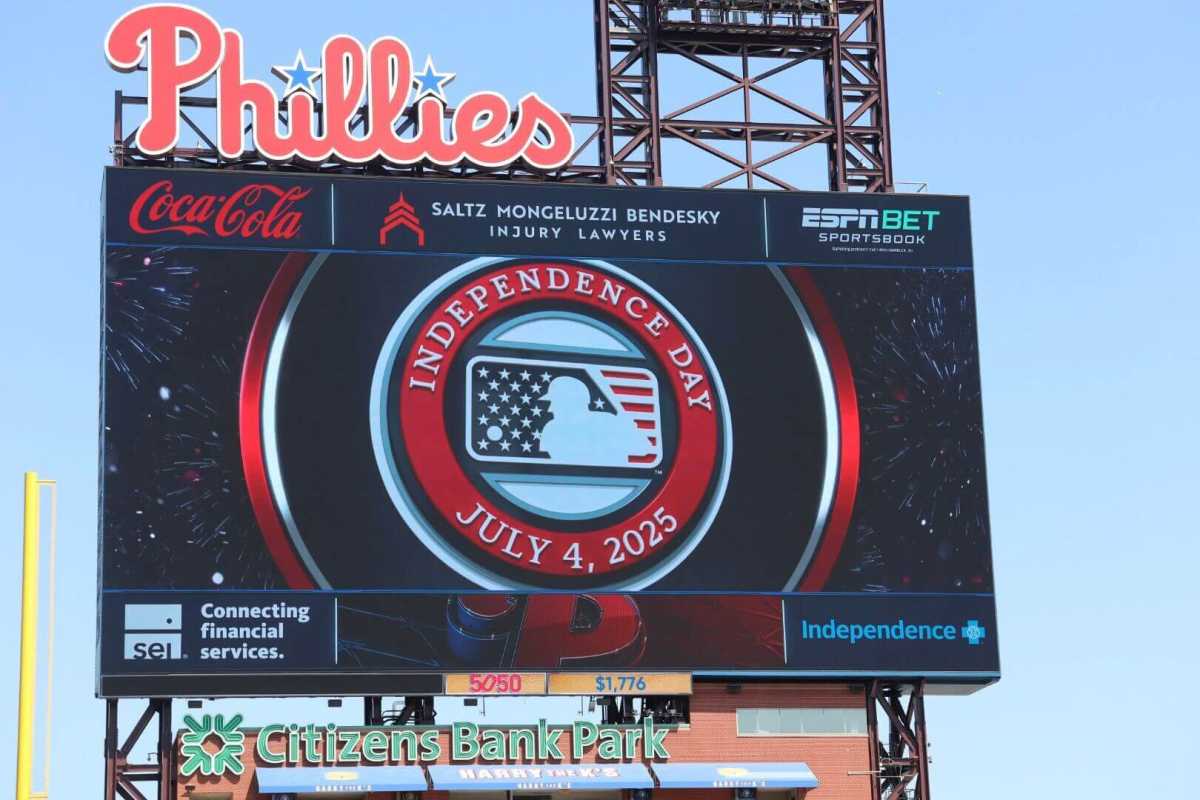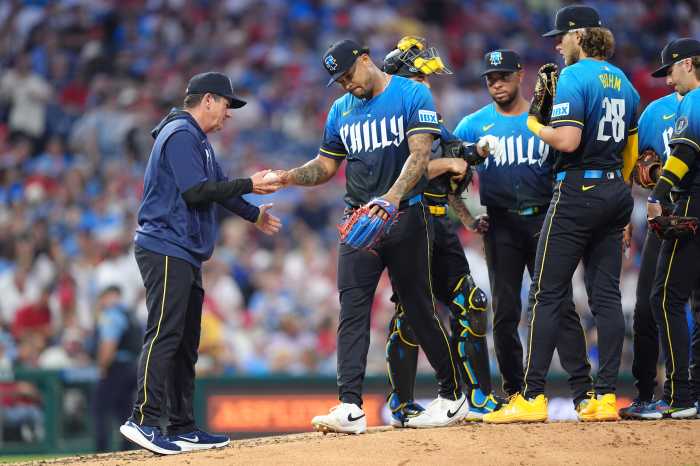Debbie Moulder wasn’t always a soccer fan.
But women’s soccer became something of an obsession for the six girls in the blended family she shares with husband in Ardmore. So, earlier this month, the pair headed to the Fado, which is, arguably, the city’s biggest soccer bar. They wanted to check out a U.S. vs Nigeria match in the FIFA Women’s World Cup. More importantly, they wanted to see if it was a good place to take the girls.
“It would be nice to be able to bring the girls out and see these games and see the enthusiasm that you see for some of these mens’ sport,” Moulder said.
There was only one problem: The bar was closed for a private party.
As the U.S. Women’s National Team played its first knockout round game in the World Cup, fans like Moulder wondered if the women’s competition was getting the respect and attention it deserves. “Would Fado’s close during the Men’s Cup? Of course not,” Moulder said. “But who will notice for the Women’s Cup?”
Fado’s general manager, Stephanie Henry, said the private party had been planned for two years by a national client that had booked parties at Fado’s in other cities.
If the bar’s buy-out was largely outside of Fado’s control, Moulder points out that TV schedules are set years in advance for Women’s World Cup games.
Reuters reports that television viewership for the early Women’s World Cup matches in Canada saw a strong increase in many countries compared with the last competition in 2011, doubling or tripling in major markets like the United States and China. Fox Sports, which is airing all 52 games live, is expected to raise ad revenue of more than $30 million, a person familiar with the matter told Reuters.
That dwarfs the $6 million reportedly earned by ESPN in 2011, according to consumer data group Kantar Media, but is still a tiny fraction of the $525 million in U.S. ad revenue generated by the men’s World Cup in 2014. The difference in enthusiasm between the men’s and women’s tournaments is palpable at retail stores that sell jerseys and apparel. Last year, stores were festooned with banners celebrating the U.S. Mens National Team. While women’s jerseys are for sale, those displays are much smaller. Retail managers say that is driven by demand. “Most of the people that come in looking for women’s world cup stuff are looking for children’s stuff, and we don’t carry children’s sizes,” said Megan Urban, a fan of the U.S. women’s team and a salesperson at City Sports in Center City. “I definitely feel like the women’s tournament has a younger fan base.” Henry said Fado’s has seen sizeable crowds have turned out to watch the U.S. Women’s team play. Matches between two foreign teams, however, aren’t seeing nearly the same size crowds.
Moulder just wants girls to have strong role models, something that wasn’t around when she was growing up. Moulder said she has seen a shift in girls’ attitudes toward women’s soccer players. “Two years ago, it dawned on us that [girls] knew all these [female] players’ names. When I grew up, my idol was Mike Schmidt, and there wasn’t a female counterpart,” she said.
Is the Women’s World Cup getting the attention it deserves?
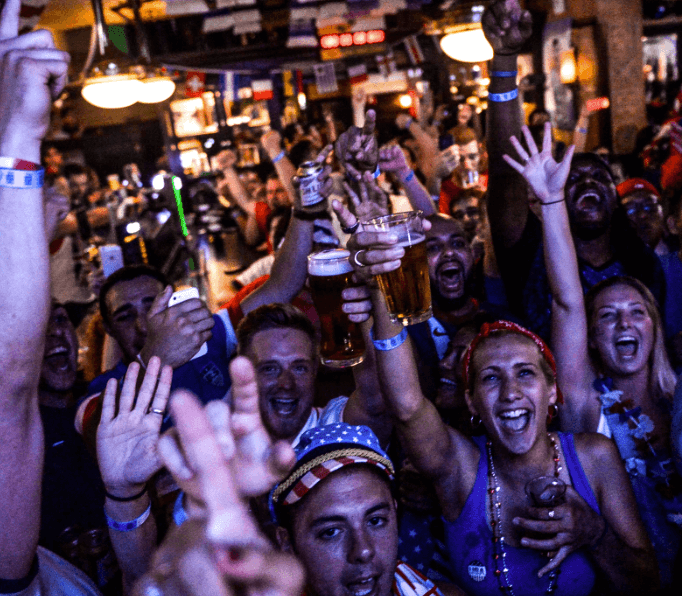
Charles Mostoller







